Templates make life easier. They save time by providing a structure so you can switch to autopilot and focus on what’s important. The same is true for portfolio templates: by providing a solid framework they allow you to concentrate on showcasing your work and talent. After all, portfolios are all about advancing your career.
But there’s a catch. Not all portfolio templates are made equal. And choosing the wrong one could cost you a job or client. So we’ve created this comprehensive article with examples and advice on finding the perfect template for every portfolio type. So let’s turn you into a portfolio connoisseur!
What is a portfolio template?
A portfolio template is a pre-designed shell – an empty document or website design – that you can fill up with your work and other content without having to design or code it yourself.
There are templates with various customization options for all digital portfolio formats.
Portfolio template formats
There are two types of portfolio templates:
- Portfolio website templates,
- Document portfolio templates.
Portfolio website templates usually come as part of a product, like in the case of Squarespace, Wix, or UXfolio. But there are portfolio templates that you can purchase separately to use with a content management system (CMS) like WordPress.org.
Document portfolio templates are Google Slides, PowerPoint, or text document layouts that you open and customize using the software they are intended to. The resulting portfolio is usually saved in PDF format and sent as an email attachment.
Website vs PDF
But which one should you use? Preferably the one that’s the standard in your industry. If you still can’t decide, a website will be your best option for various reasons:
A document – such as a PDF or PPT – is harder to navigate, doesn’t provide enough flexibility, has to be downloaded, and all in all is just way more limited than a website. Still, it’s the standard in many industries.
Meanwhile, a website is available 24/7, it’s easy to navigate, and a potential client can find and browse it without having to download a file.
Portfolio template examples
We collected some great examples of portfolio templates for or from a variety of platforms and formats: Native portfolio templates (that can be used only on their respective platforms), PPT portfolio templates, and WordPress portfolio templates.
Native portfolio template examples by UXfolio
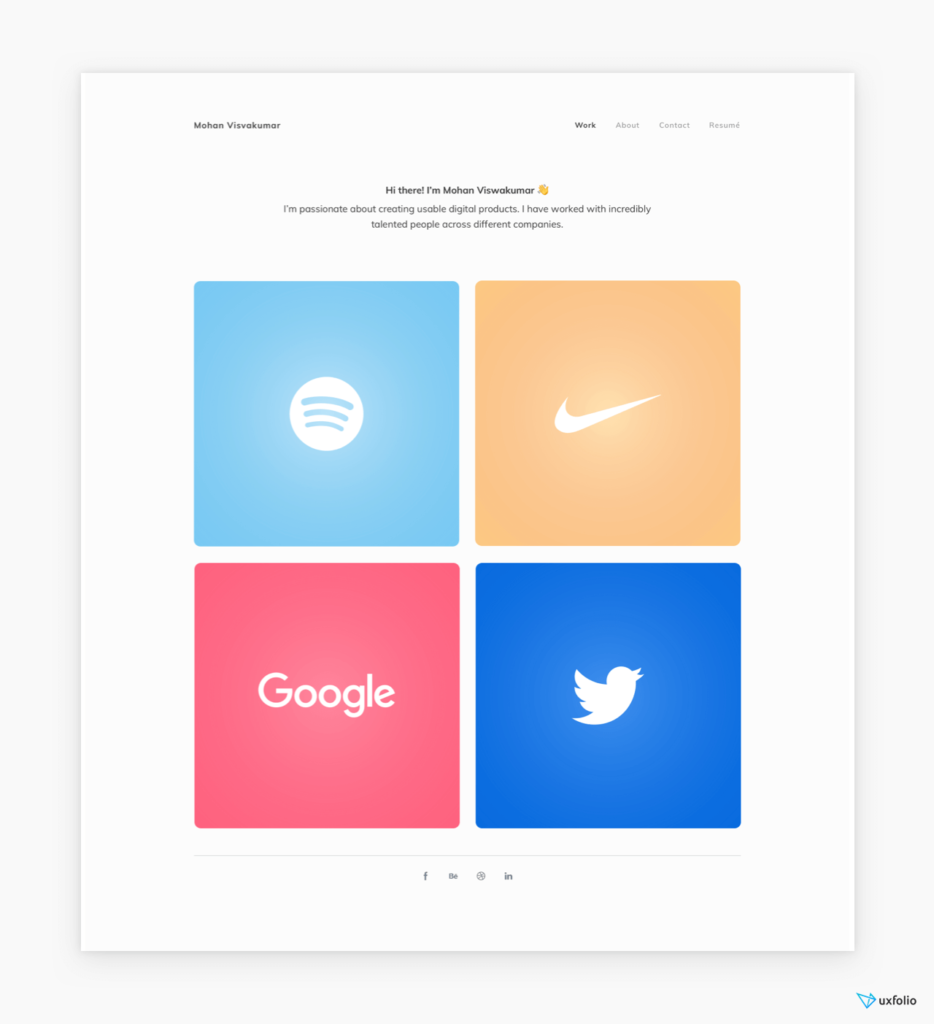
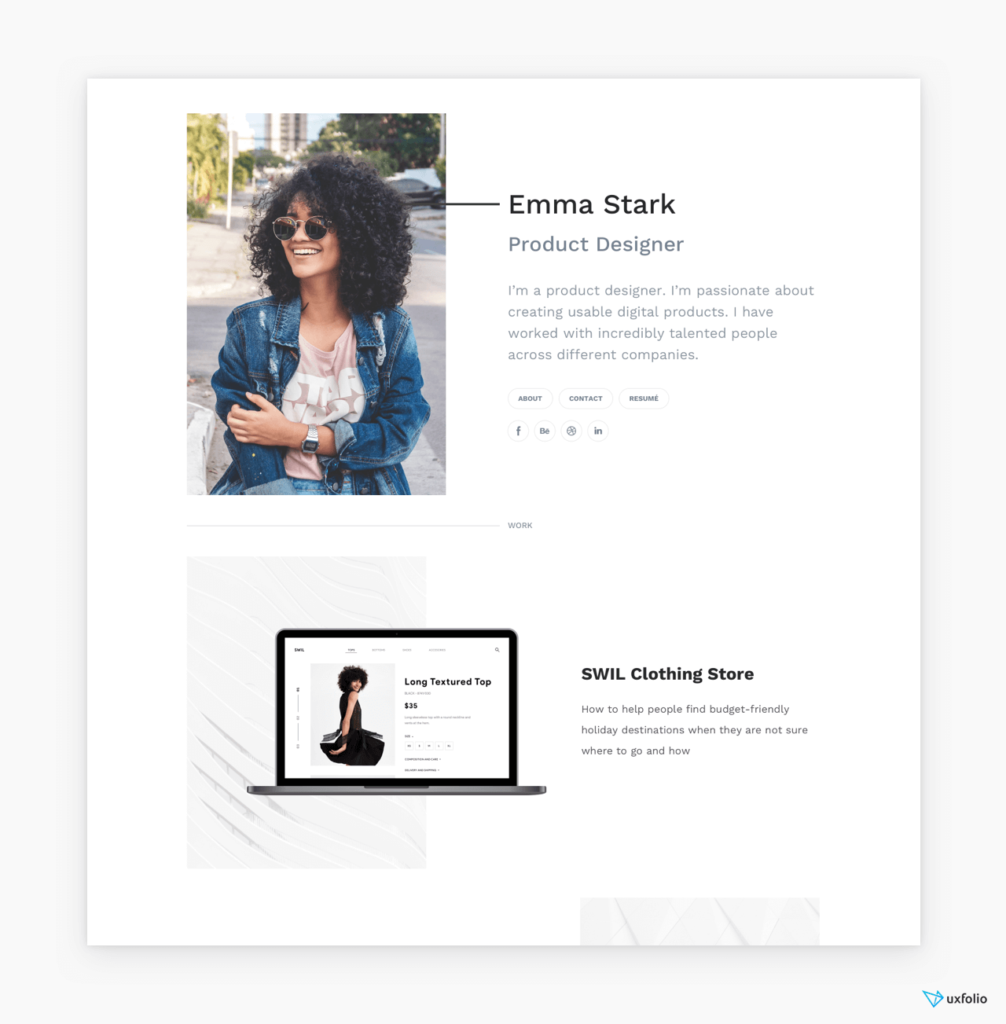
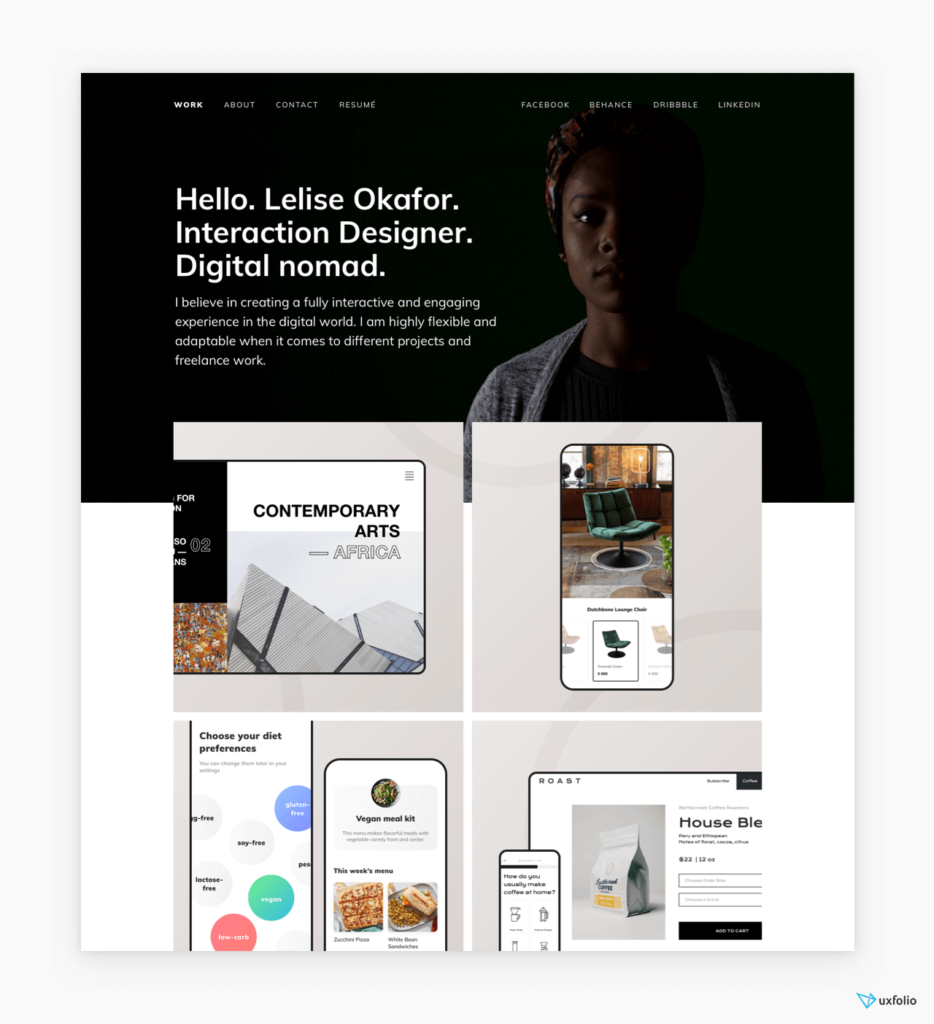
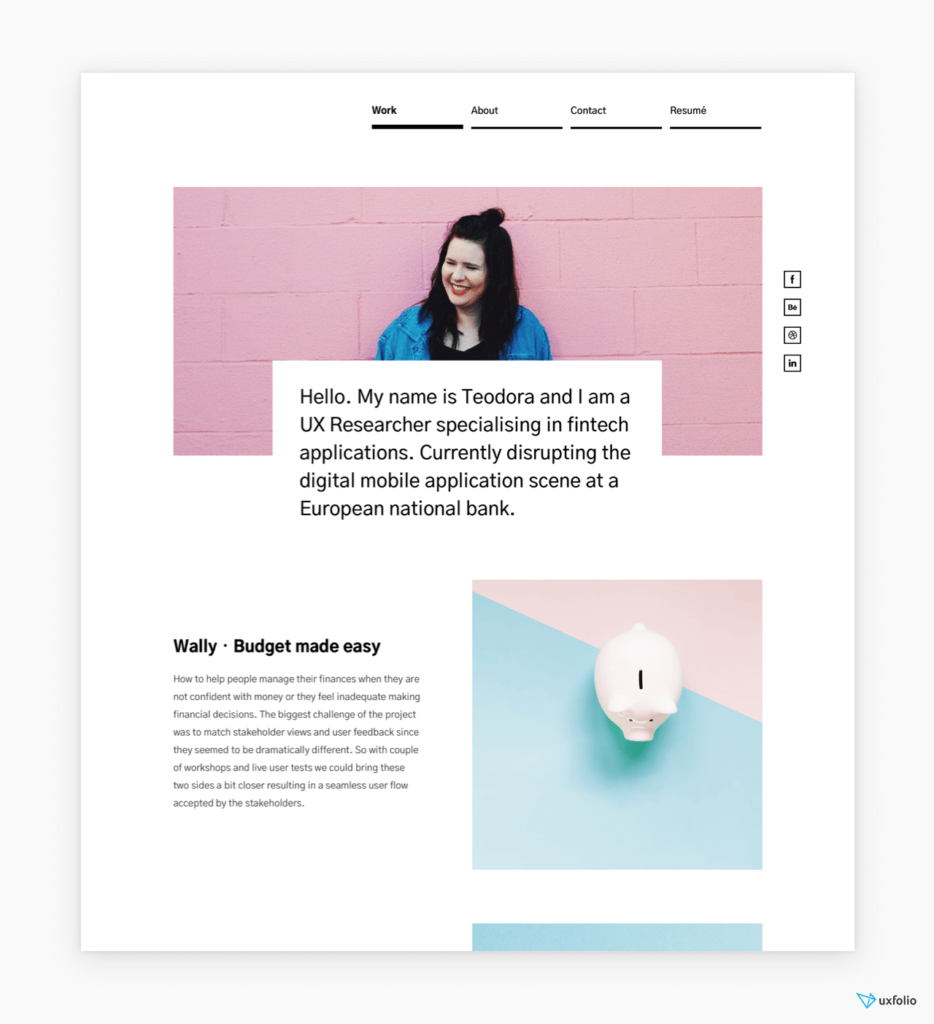
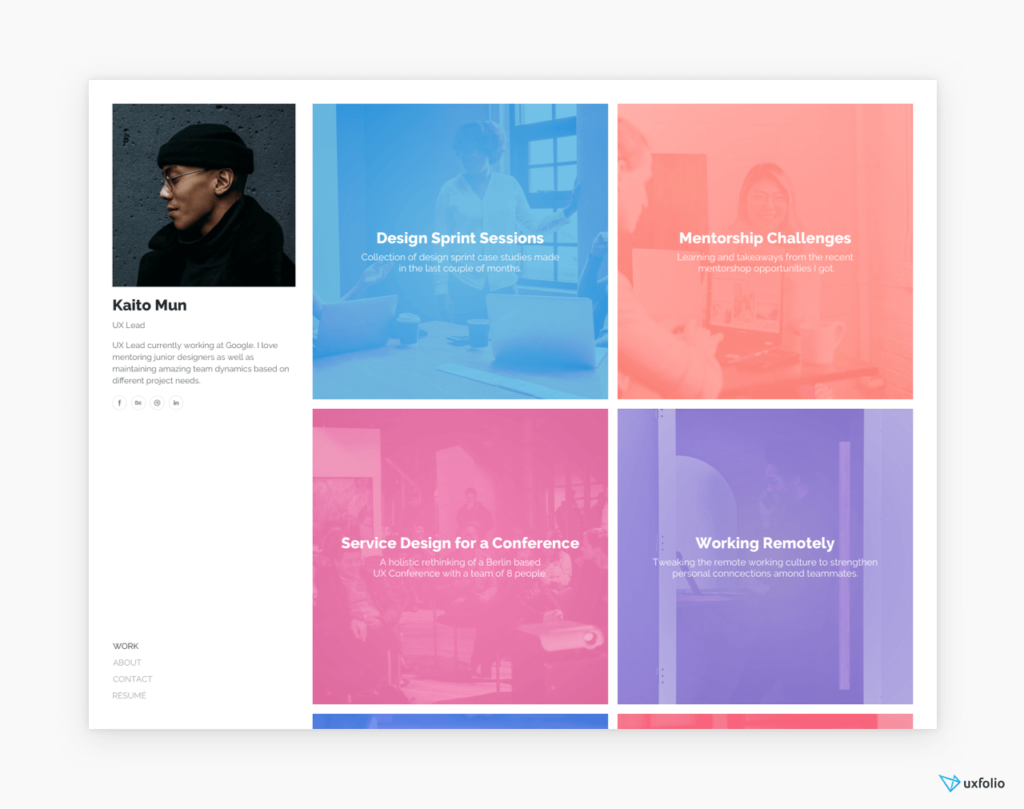

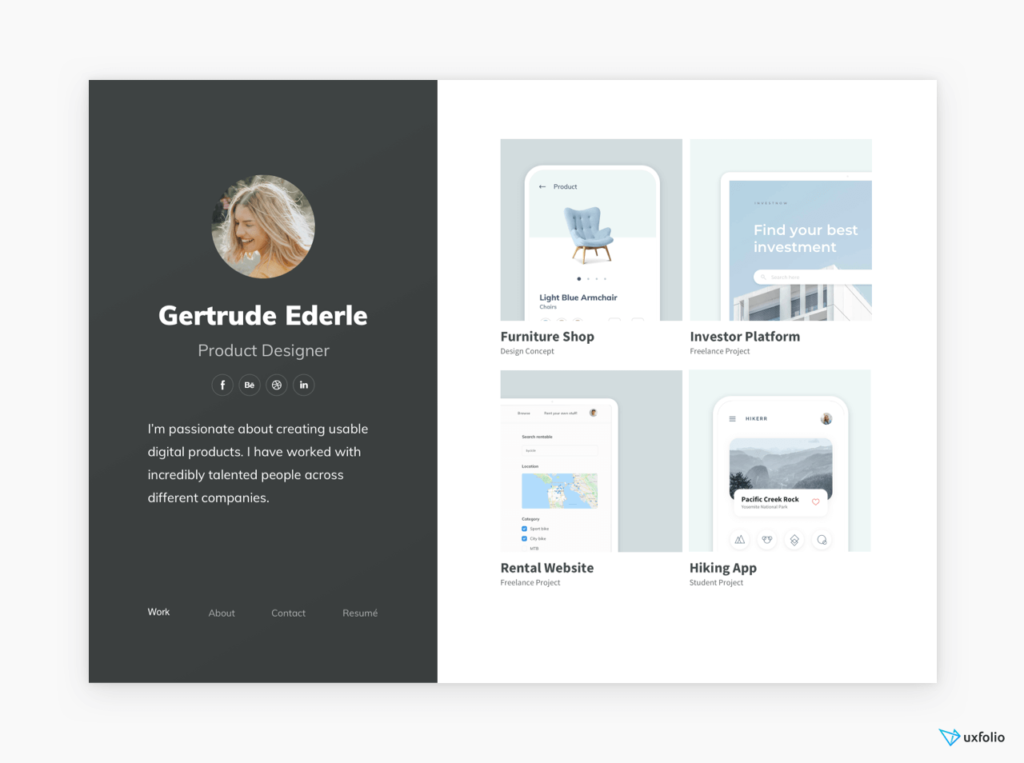
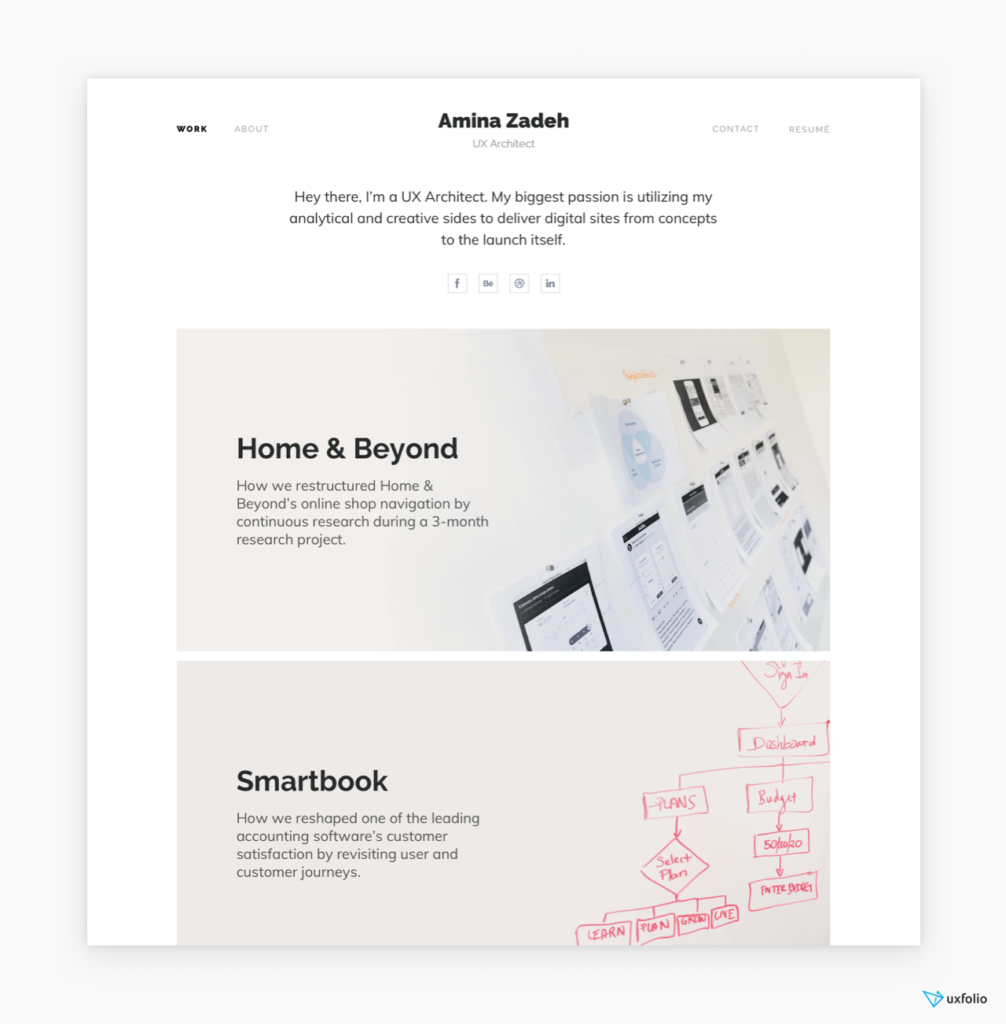
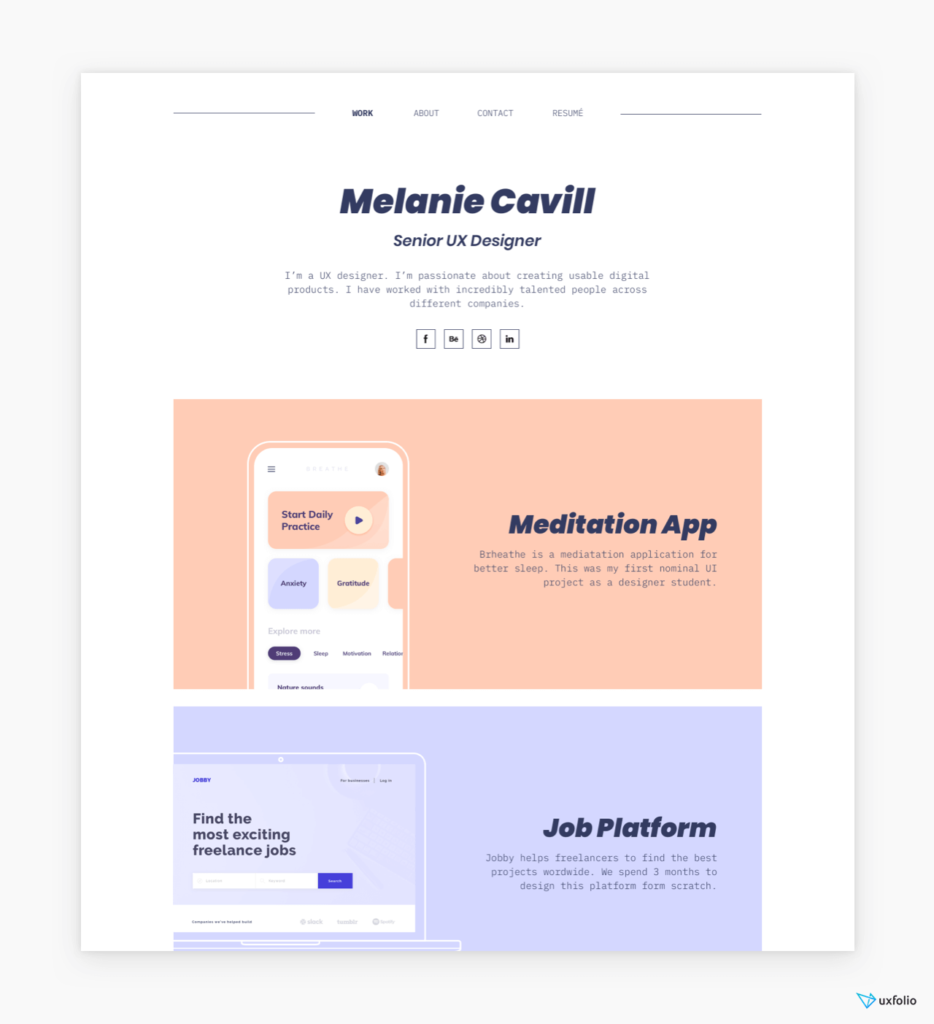
Native portfolio template examples by Copyfolio
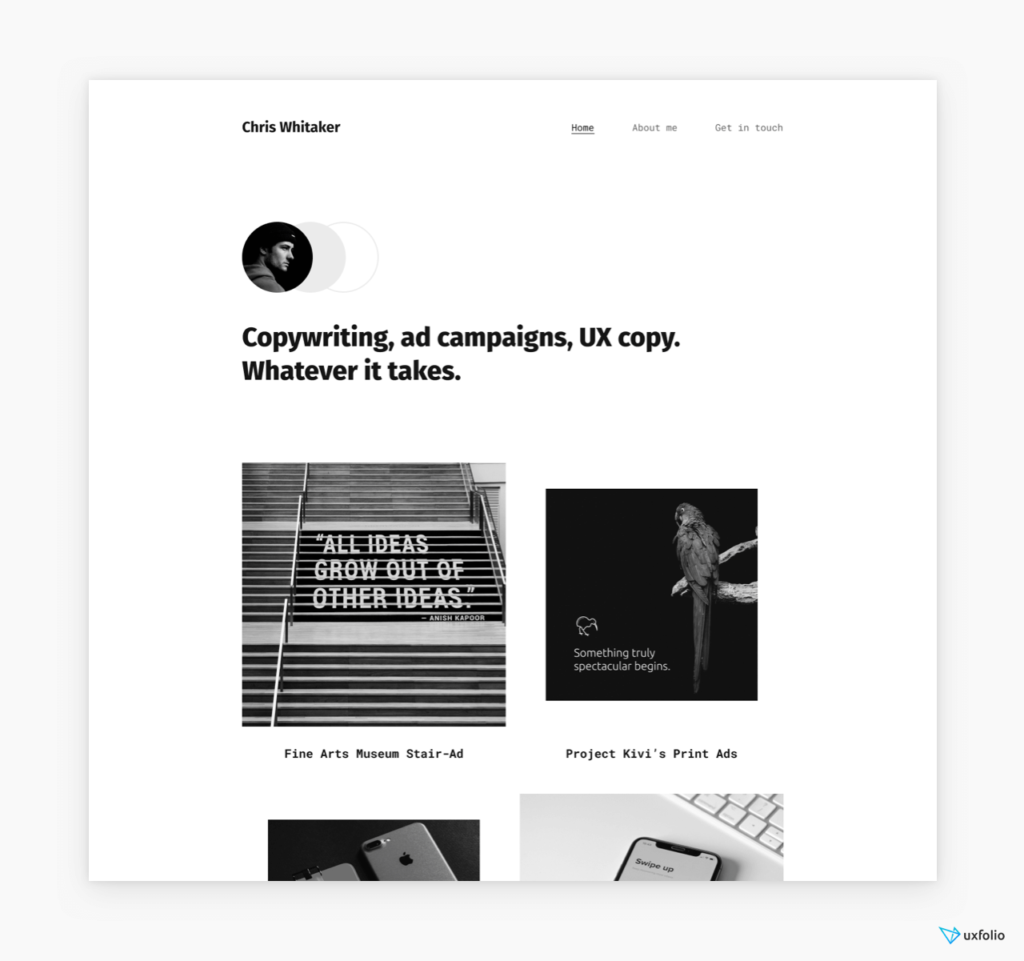
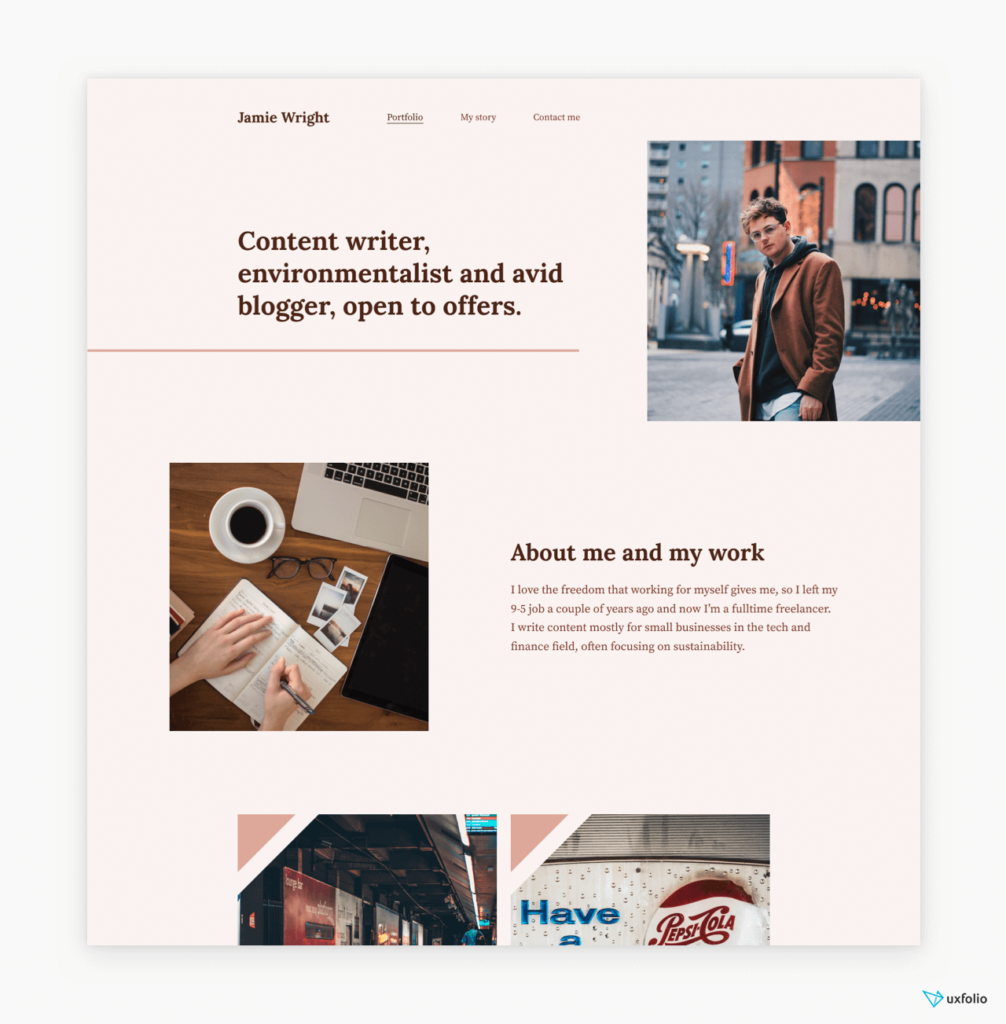

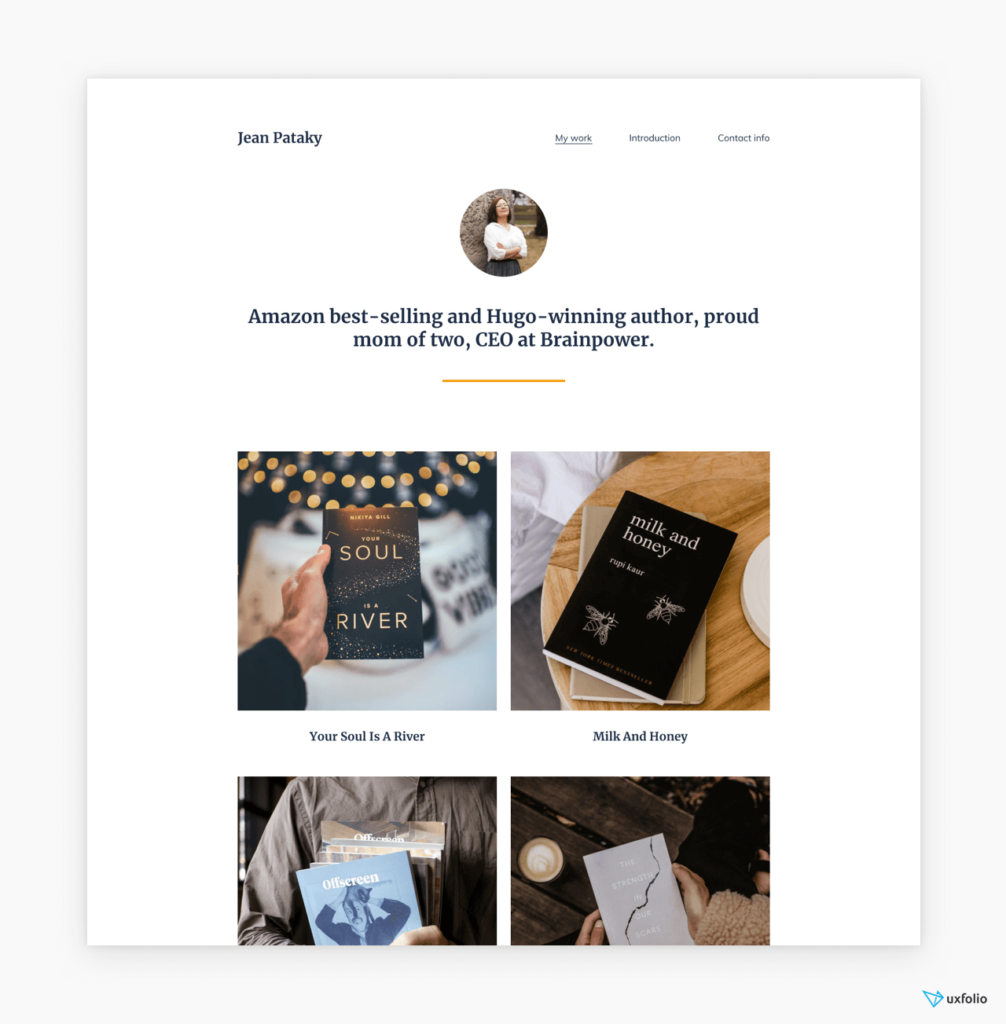

PDF Portfolio Template Examples
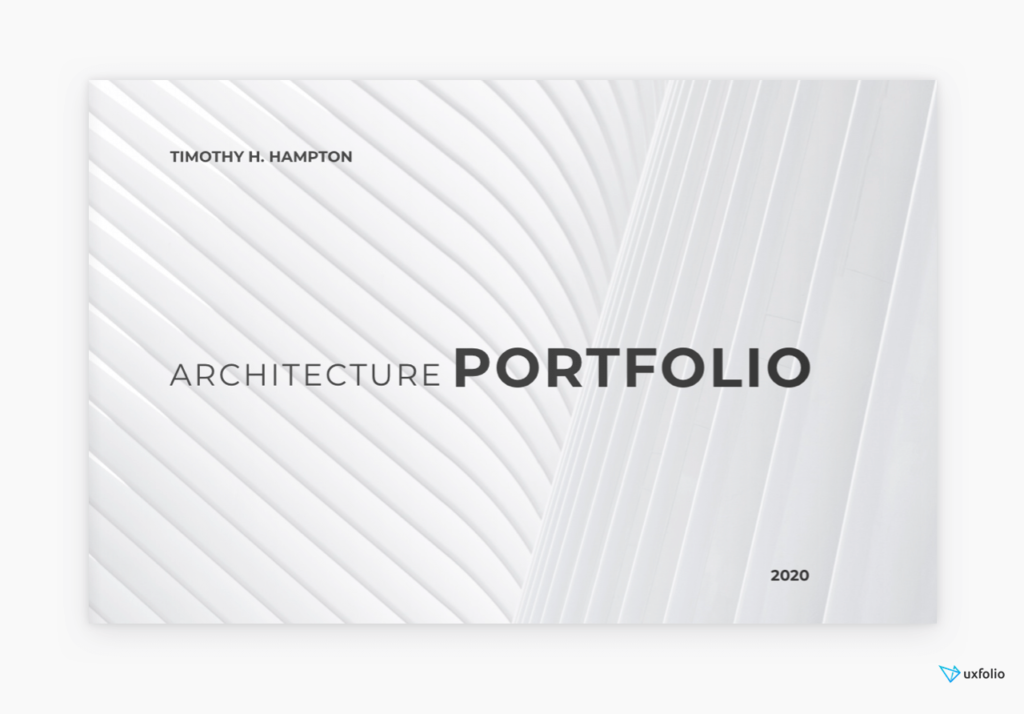
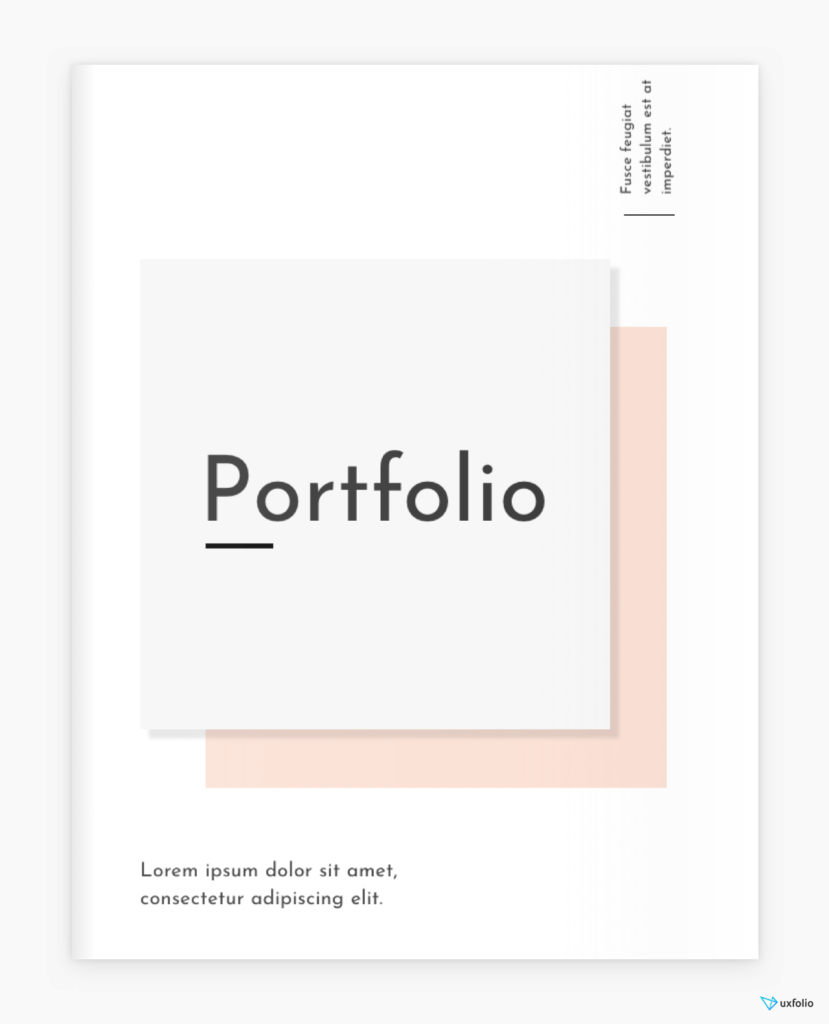

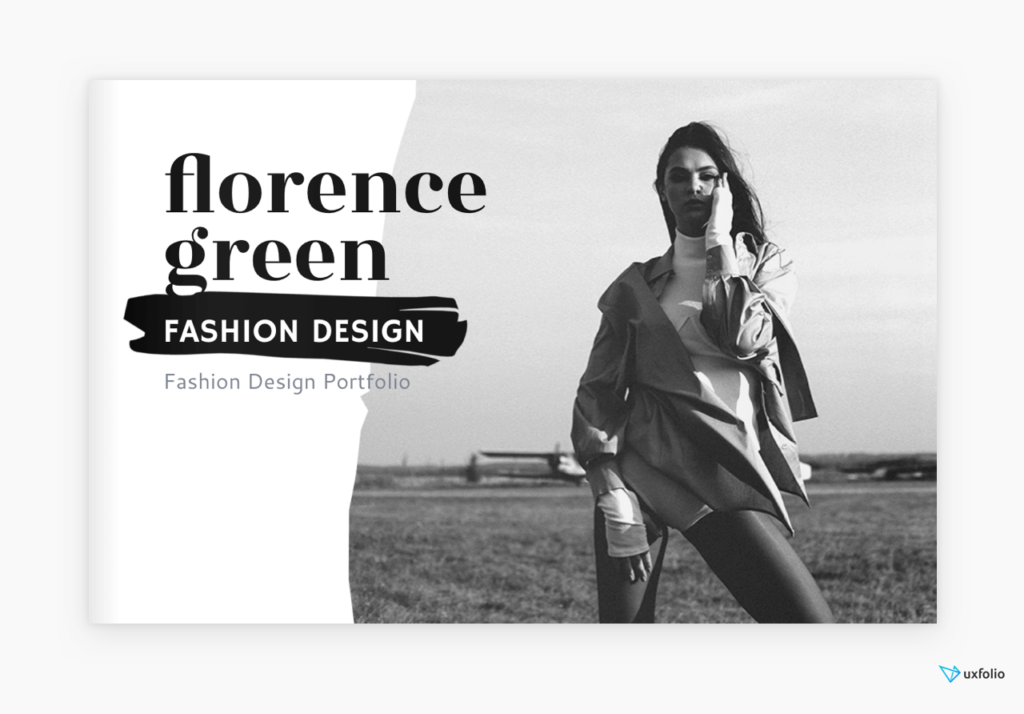
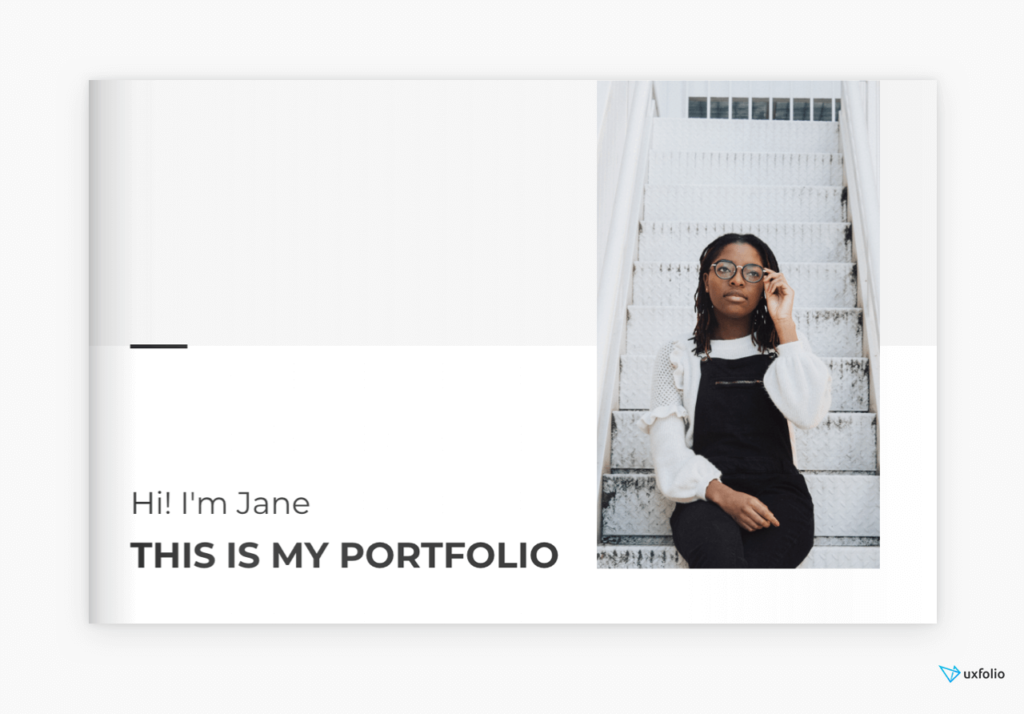
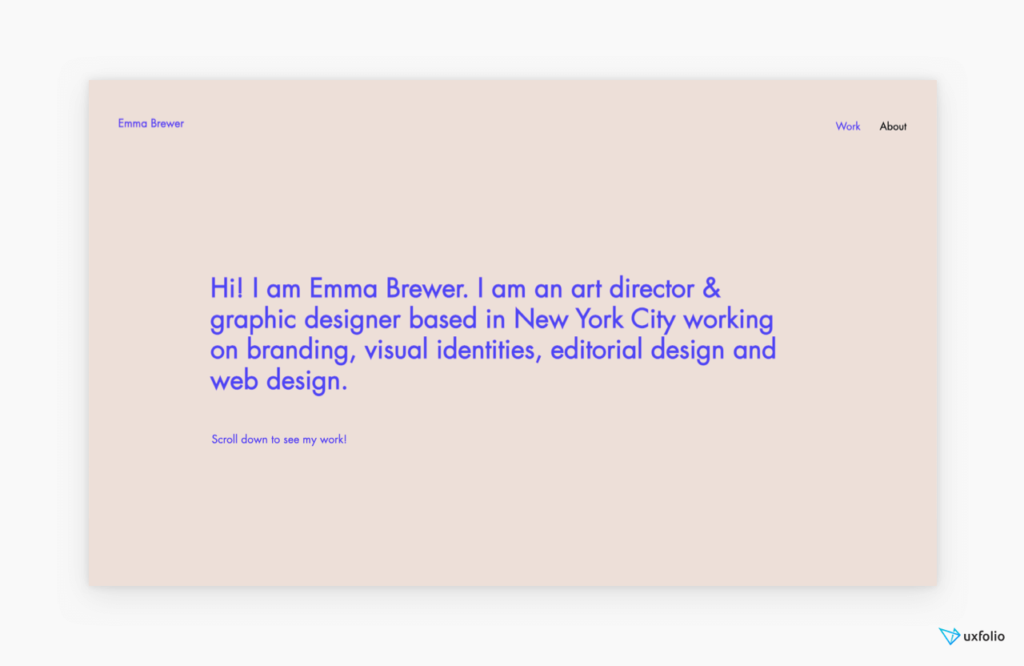

WordPress Portfolio Template Examples
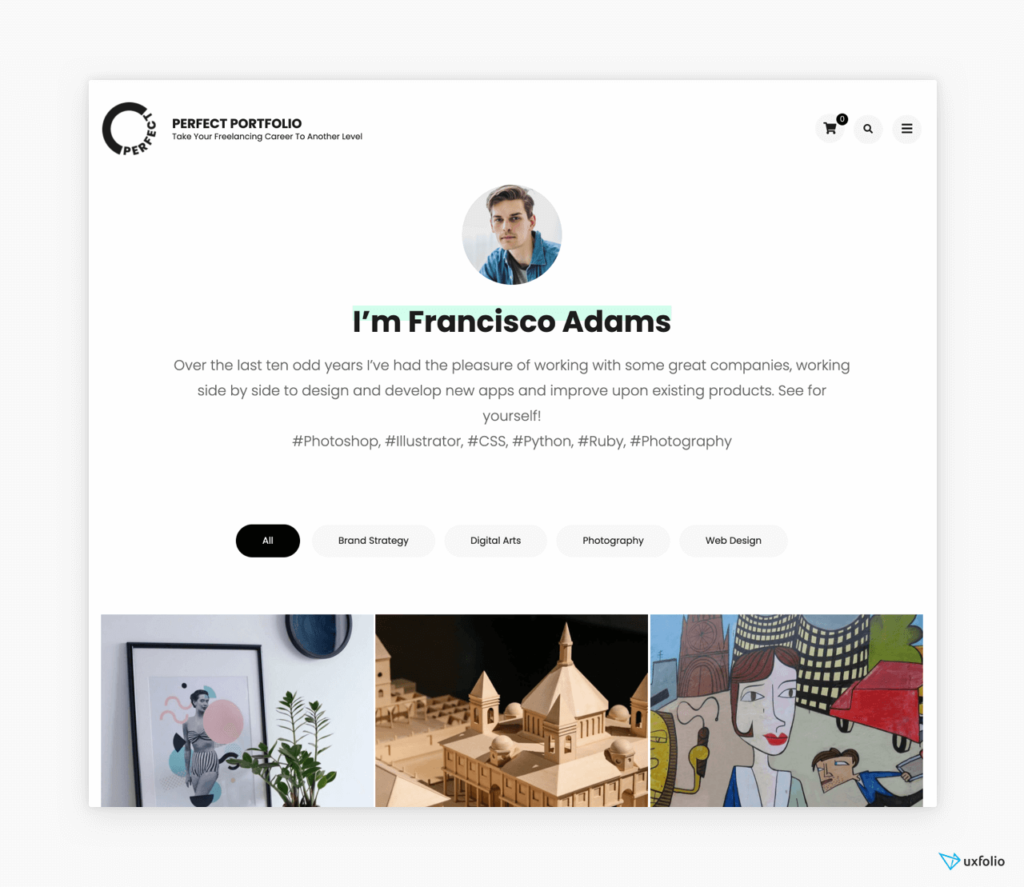
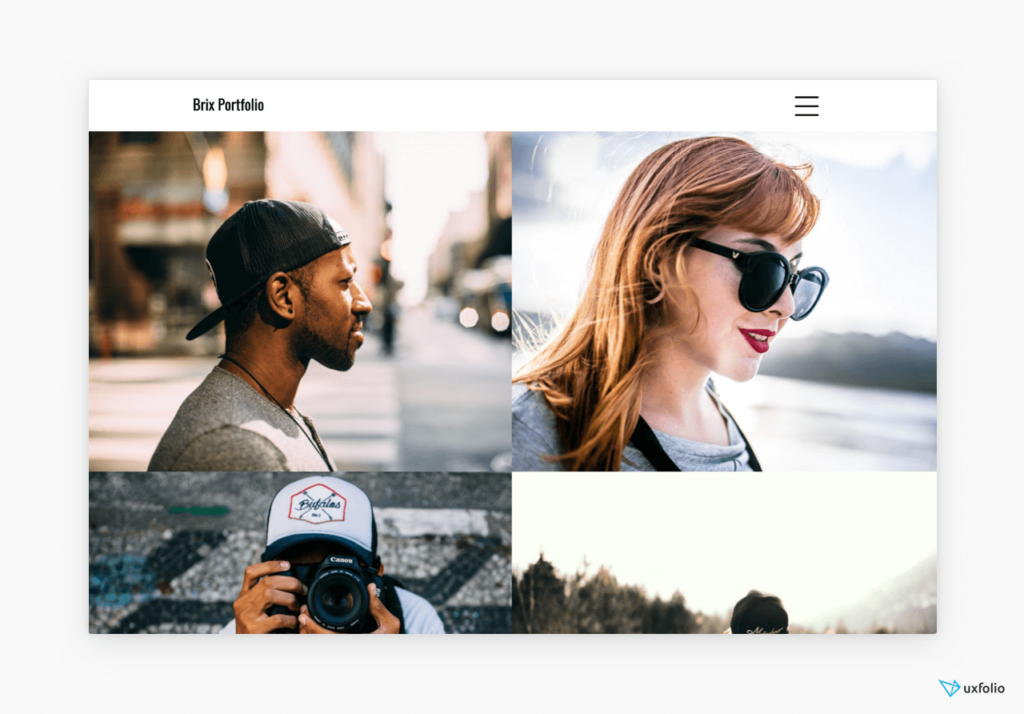
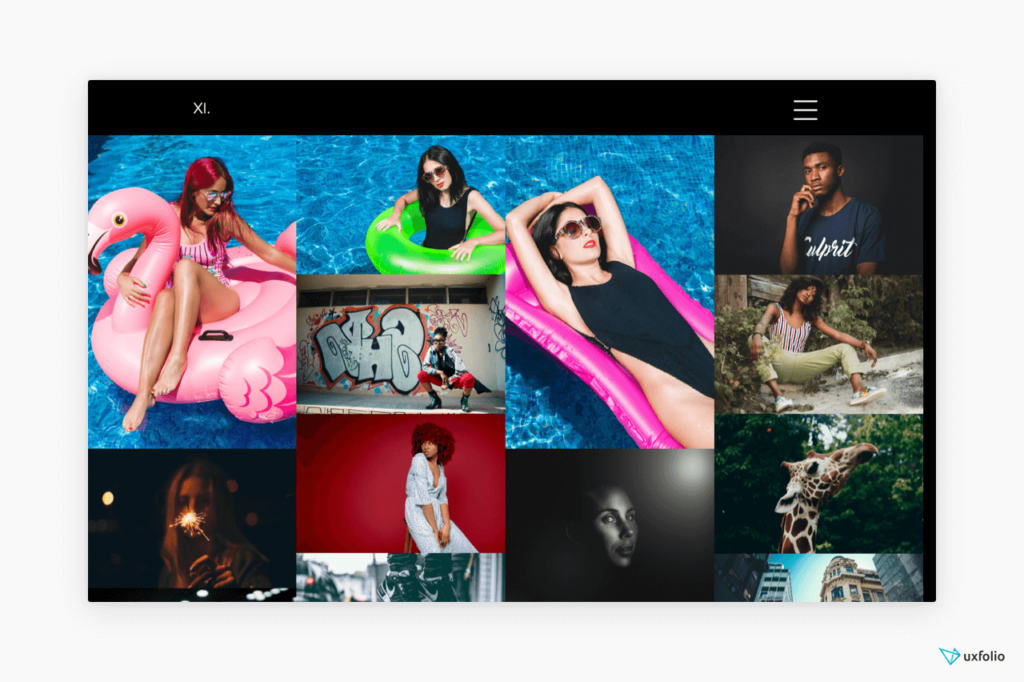
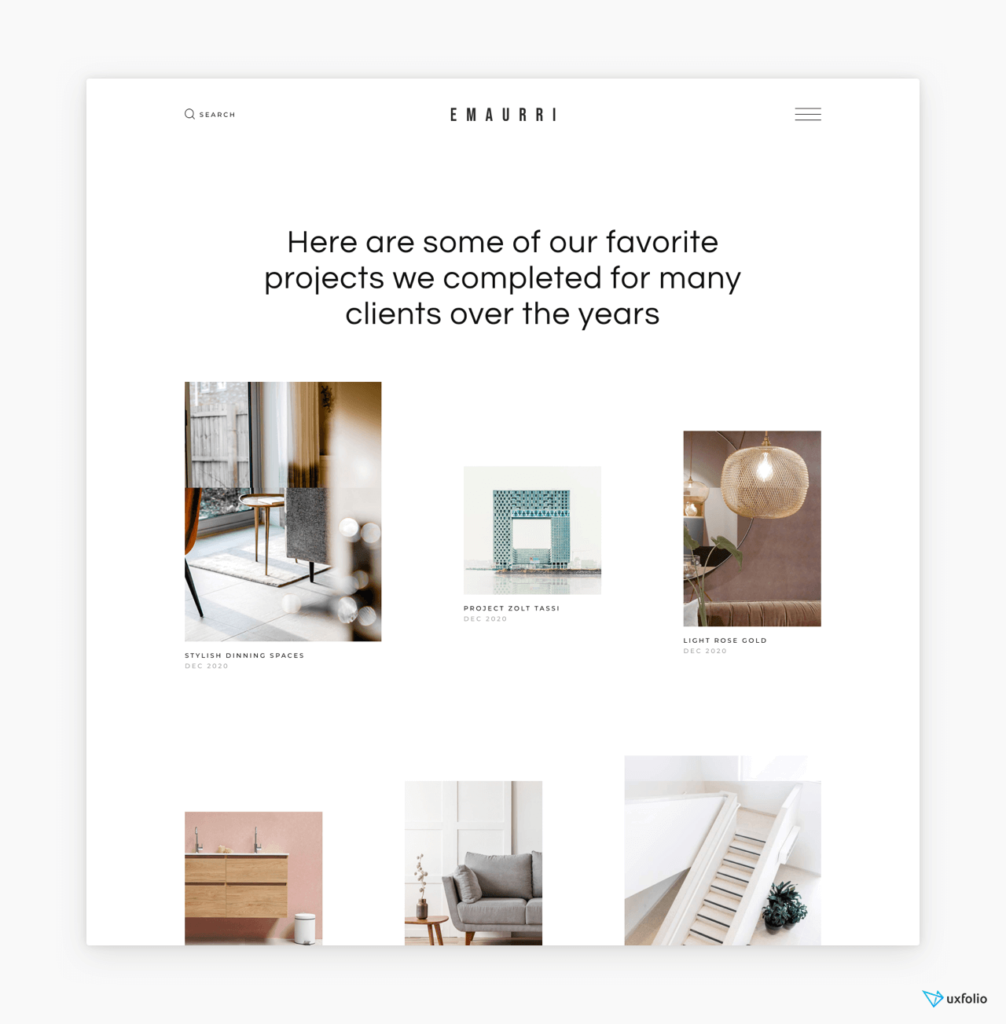
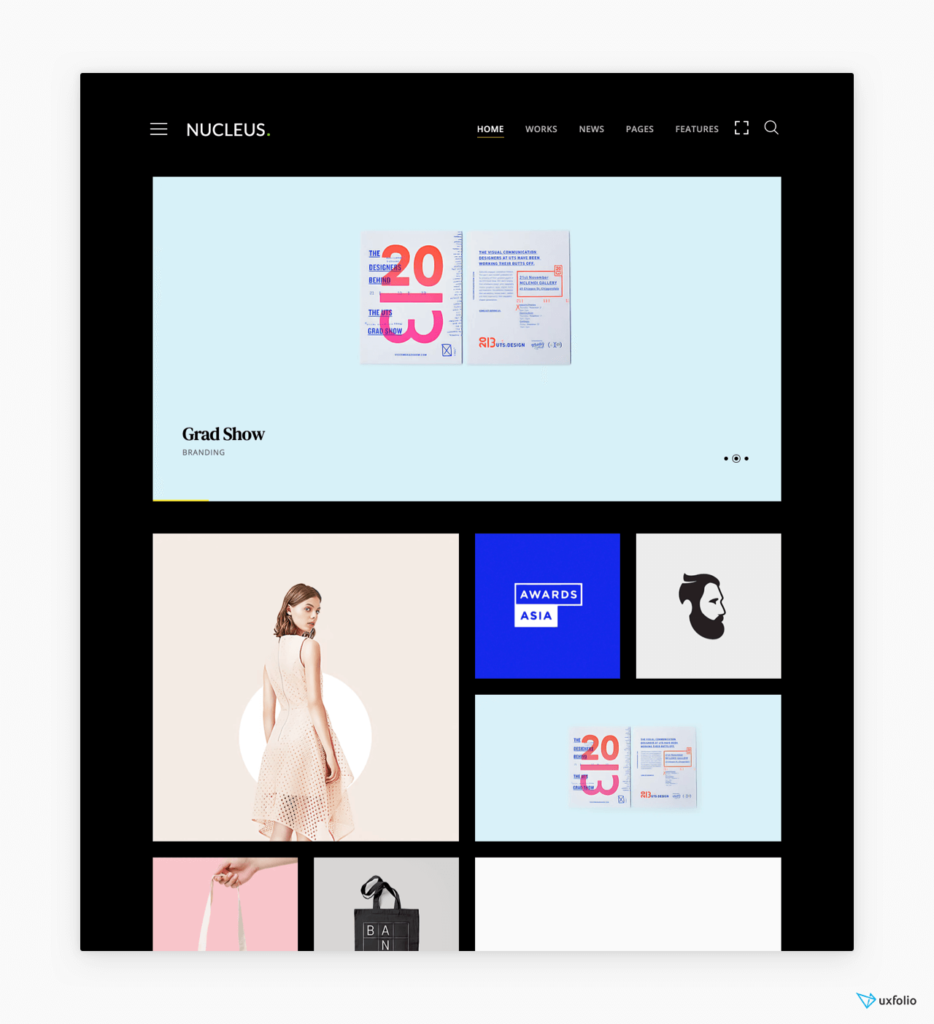
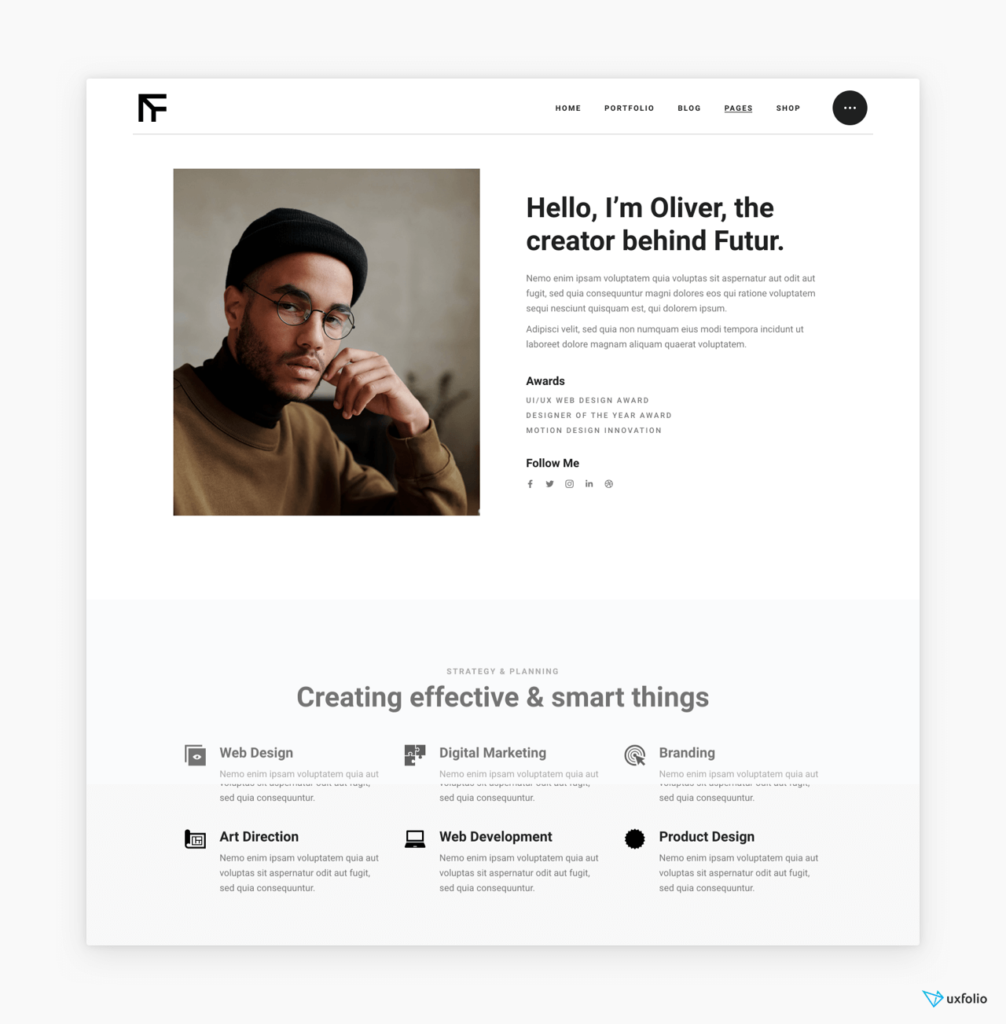
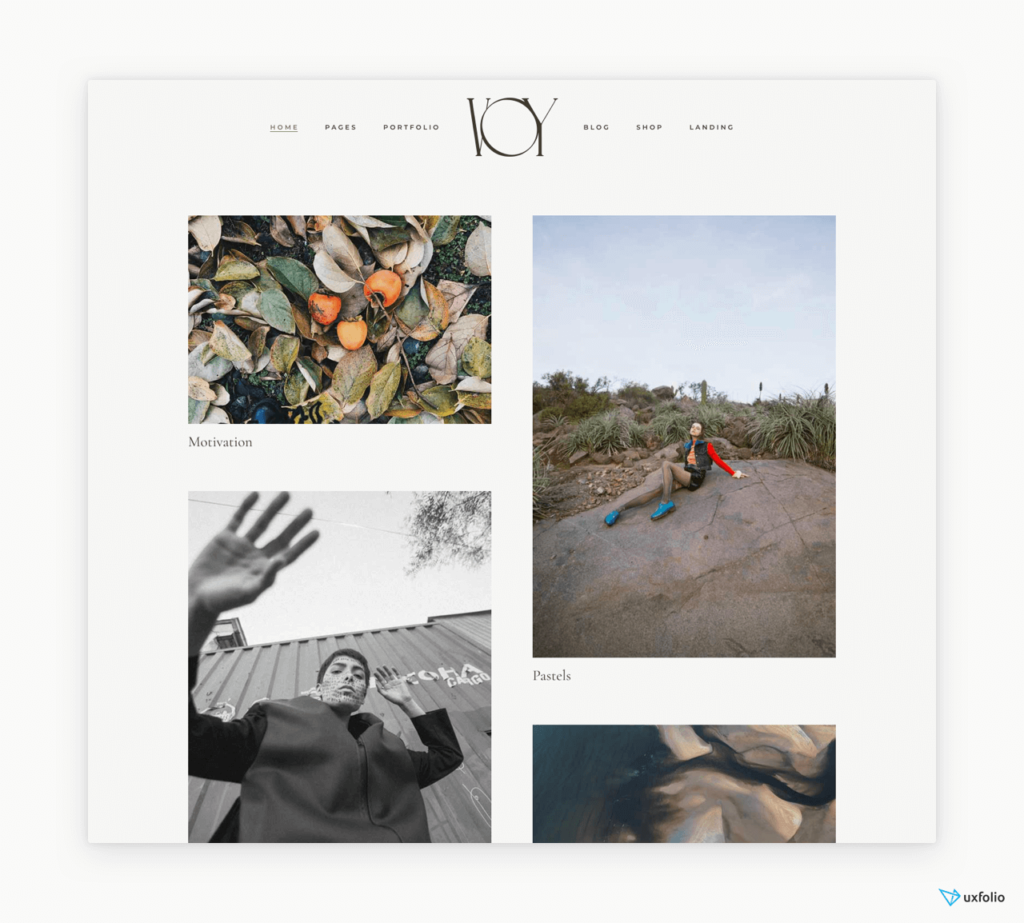
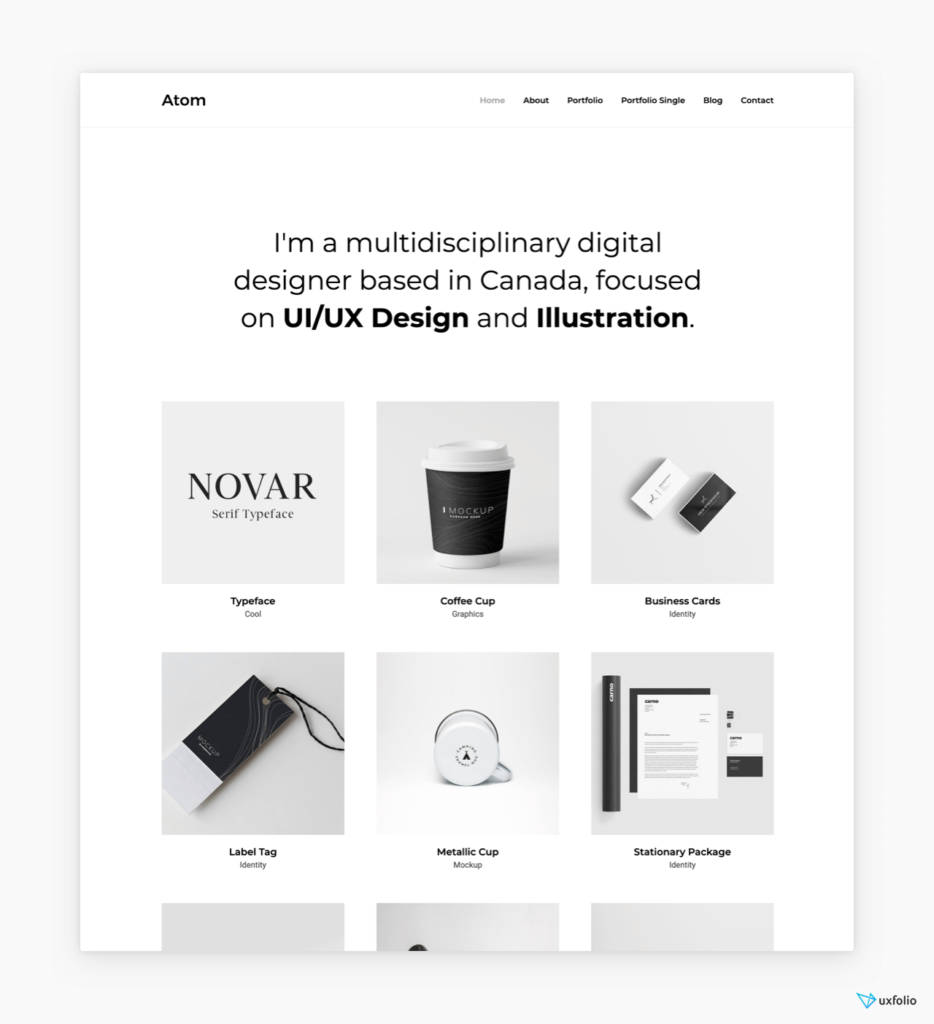
PPT Portfolio Template Examples

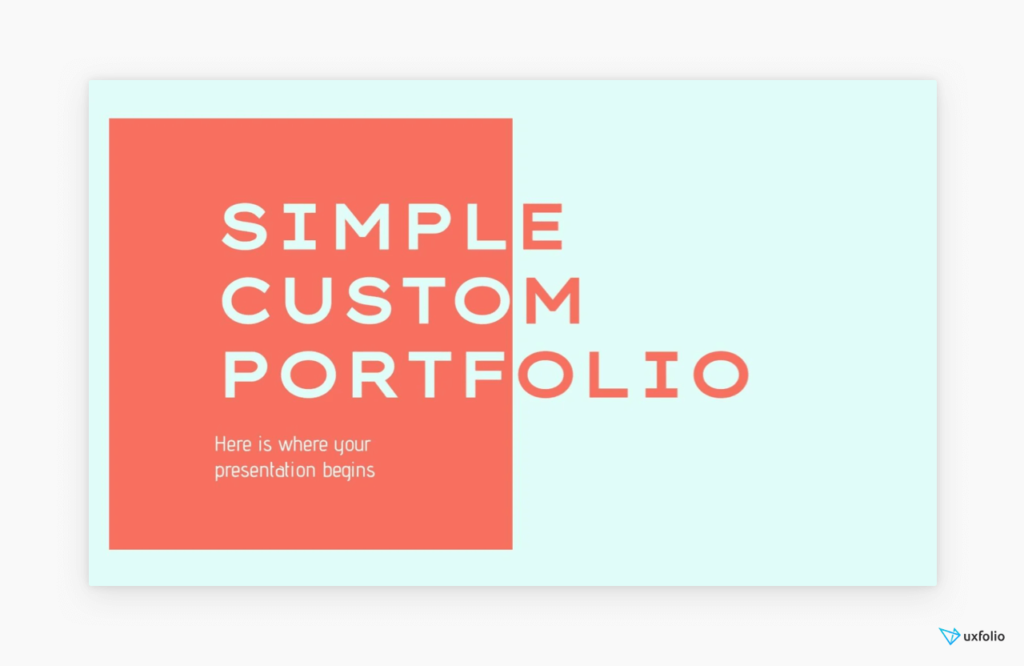
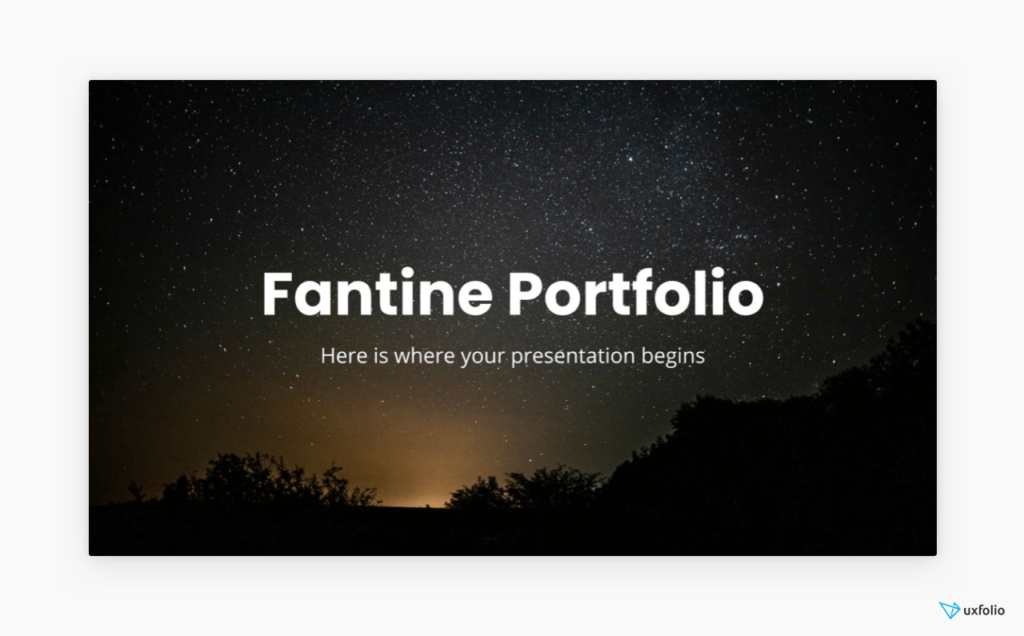
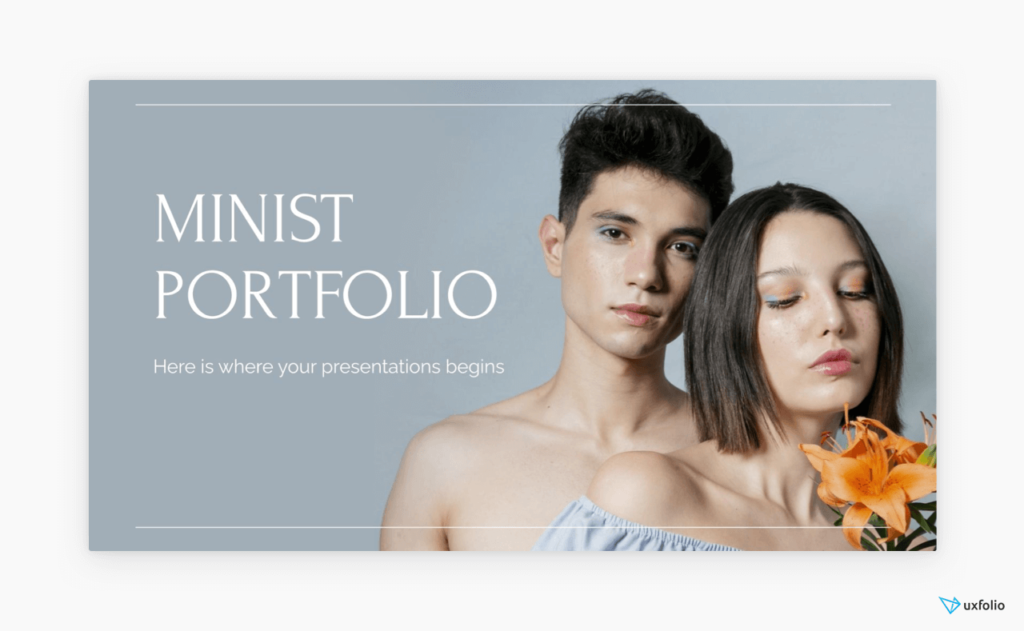
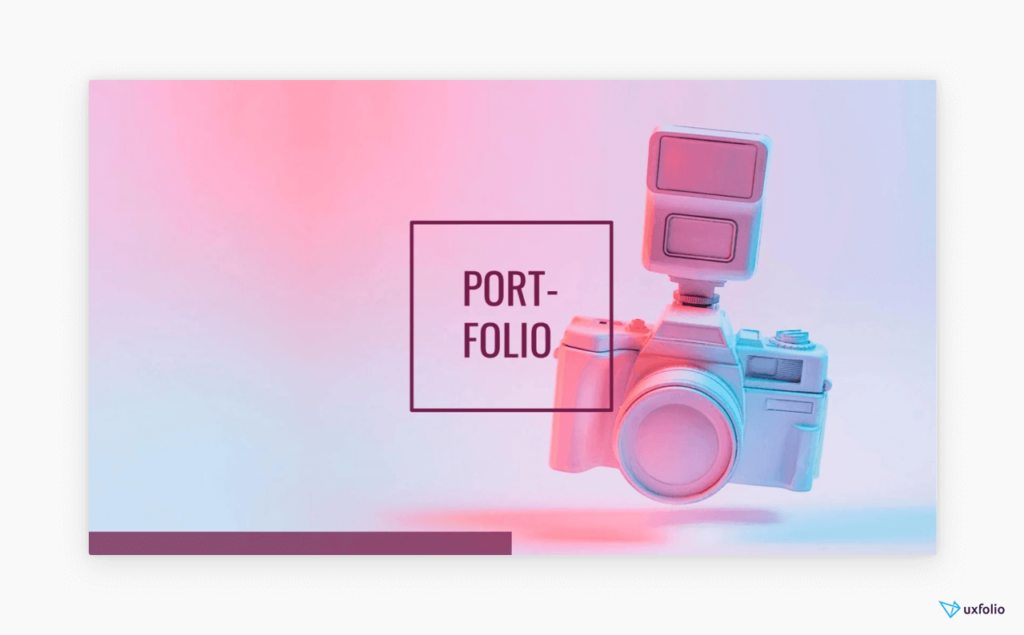
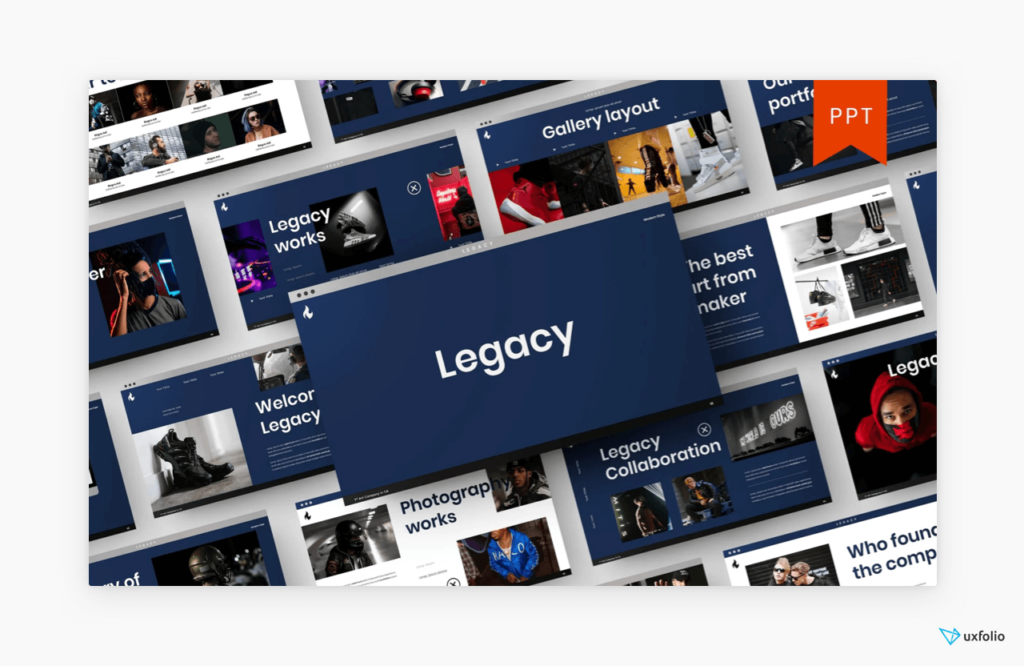


Native portfolio template examples for Webflow
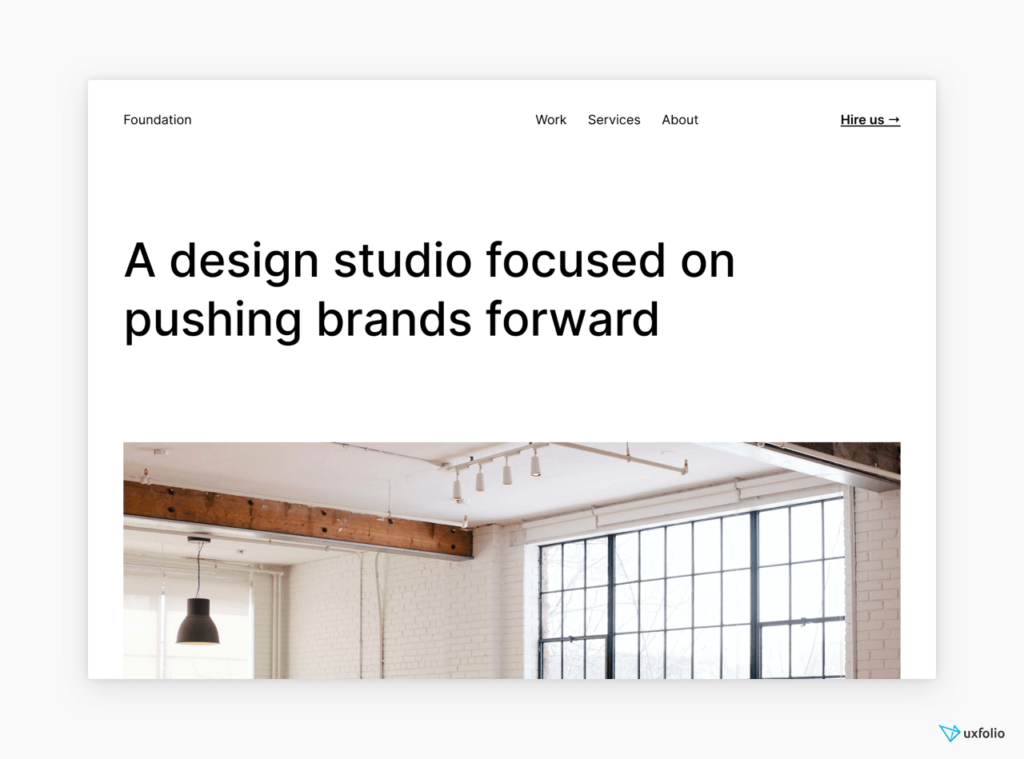

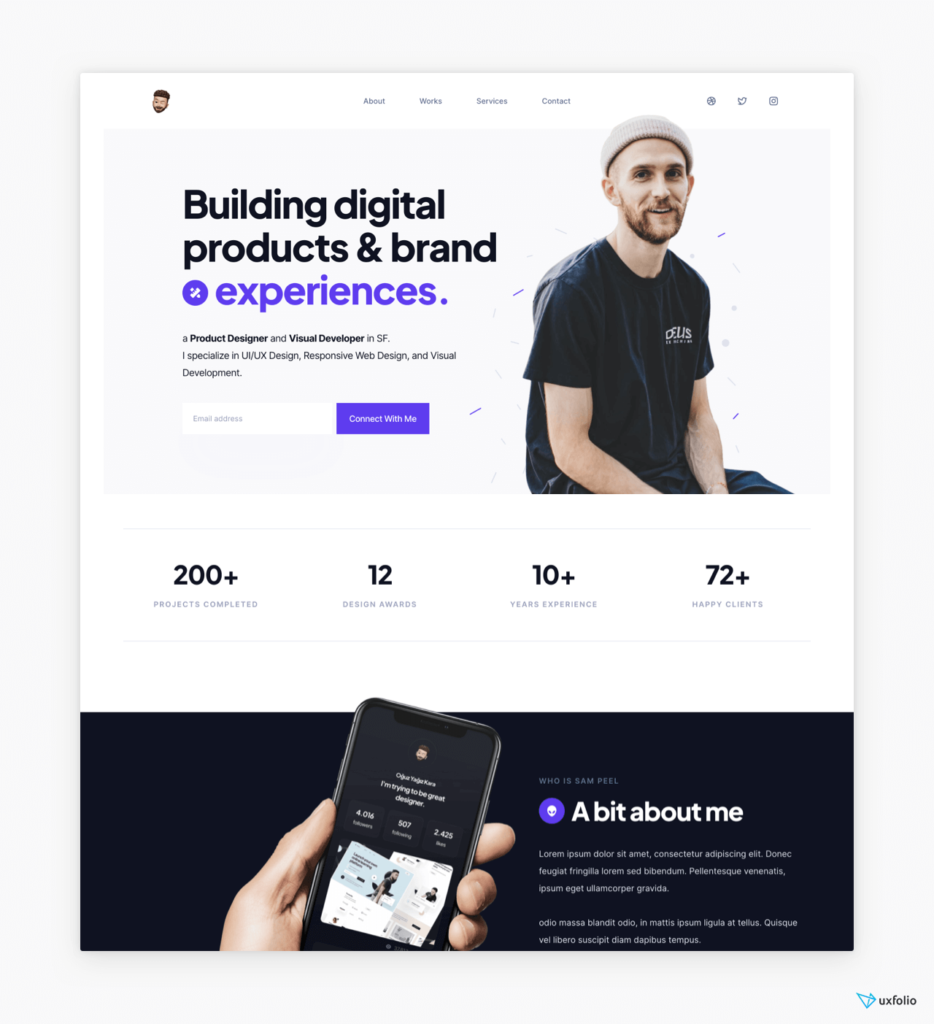
Native portfolio template examples by Squarespace
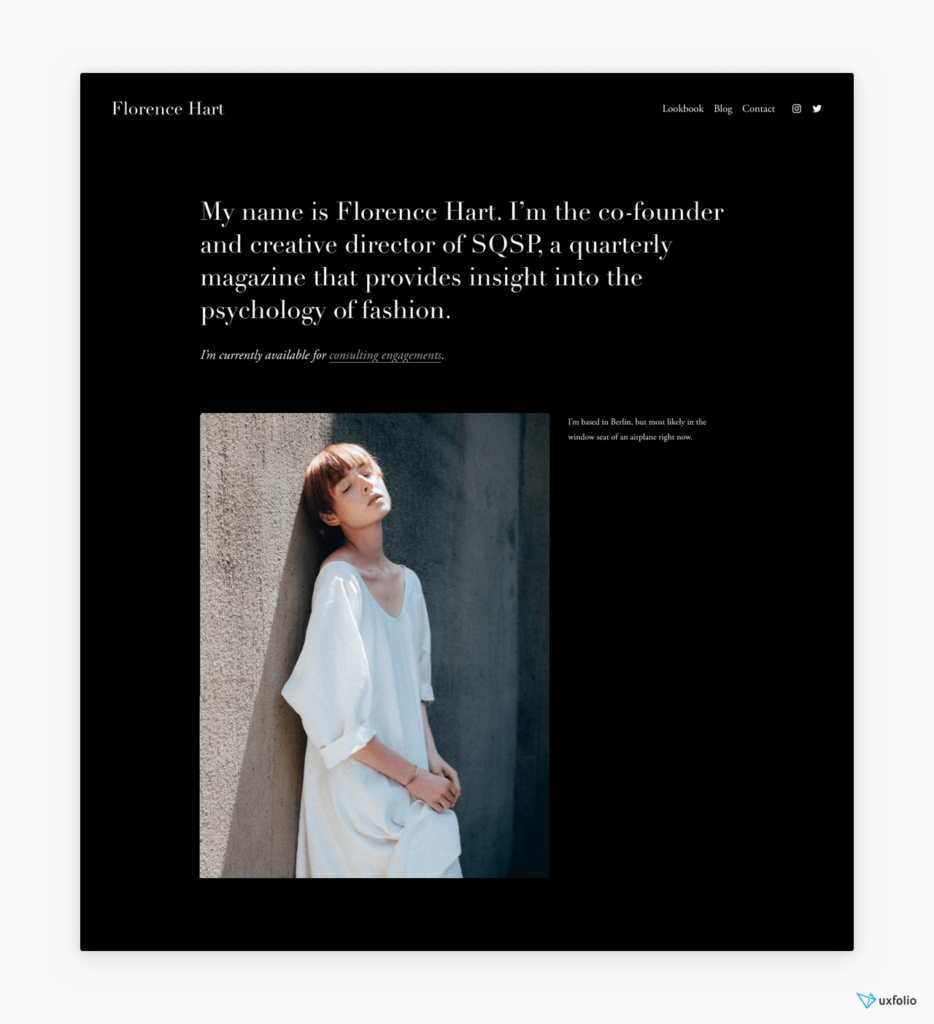
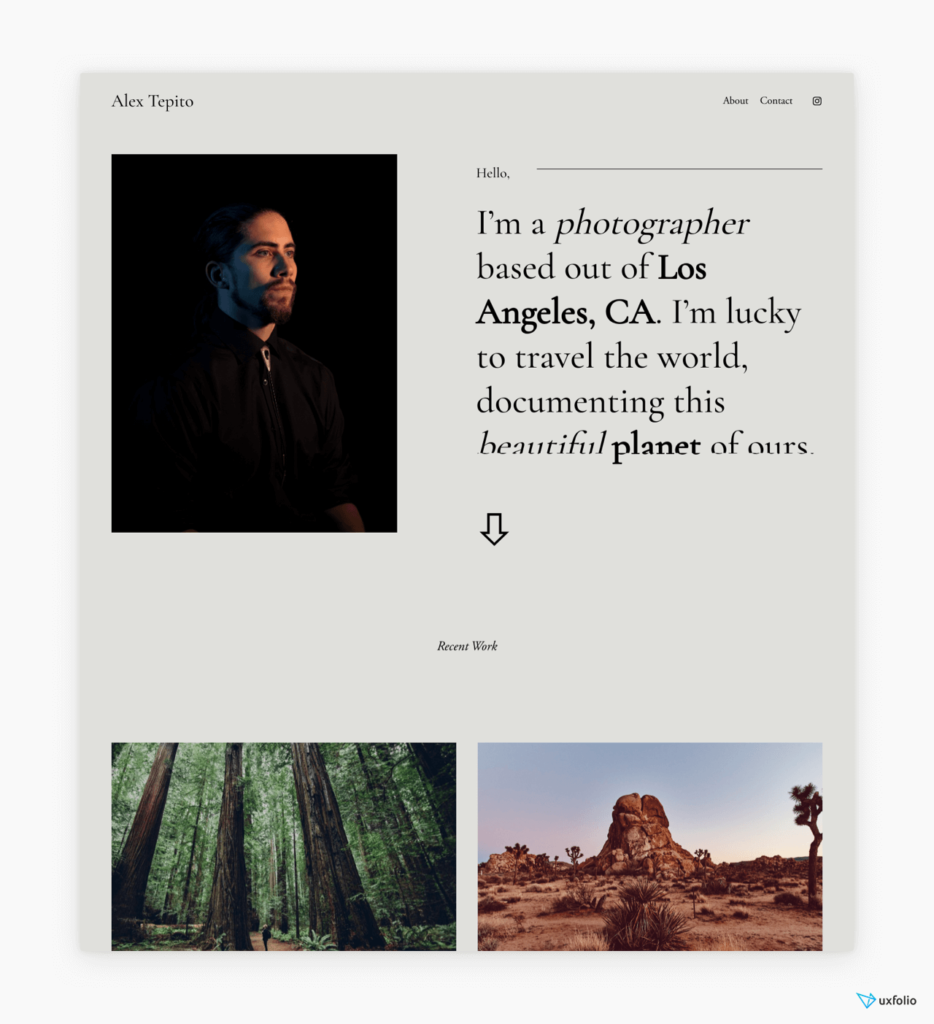
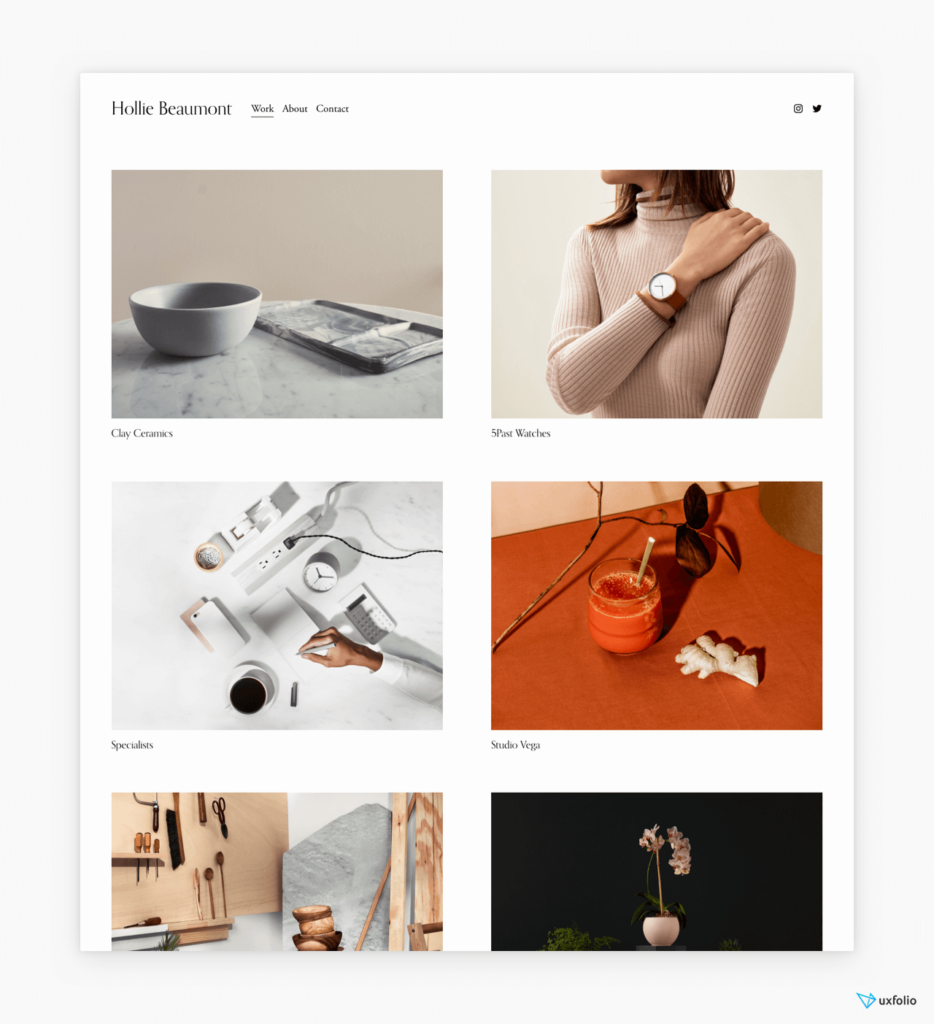
What makes a great portfolio template?
A great portfolio template is more than eye-candy. It’s something that was built with an audience and a purpose in mind. If a template speaks to you, and of you, all the while providing a pleasant user experience then it’s a great portfolio template.
Sadly, many professionals forget about these things somewhere along the way, and portfolio building derails to something reminiscent of Pimp My Ride. Sure, an aquarium in the trunk might sound good, but will it benefit your cause? Isn’t it just another unnecessary feature that’ll make your life harder in the long run?
Simplicity is key. Most portfolios come to be with a purpose. Usually, that purpose is to secure a job interview and land a job. Therefore, when you’re choosing a portfolio template it’s important that it looks and works in a way that works for everyone who comes in touch with your portfolio. That’s the user experience part:
Which templates do hiring managers prefer?
In brief: Templates that highlight your work, process, or samples.
While developing UXfolio, our UX portfolio-building tool, we’re constantly in contact with hiring managers to learn about their experience with portfolios. Through our research, we’ve found out that hiring managers are facing a portfolio struggle too: many submitted portfolios are hard to use.
Hiring managers and higher-ups want to see examples of your work. That’s why they are asking for a portfolio in the first place. They’re also busy people, who don’t have hours to spend reviewing a single portfolio. Considering these factors, you should make it easy for them to access what they’re looking for, right?
Instead of hiding your work in an elaborate menu system, the best portfolio template will place it right in the storefront. This’ll result in a better experience for the people on whom your career depends.
The must-have parts of a portfolio template
Figuring out the ideal structure of online portfolio templates is not rocket science and it shouldn’t be. Again, the theme is usability and the needs of your audience. With that in mind, these are the must have elements of a template:
- Cover page or home page
- Thumbnails
- Work
- About page
- Link to resumé
Unless absolutely necessary, everything else could be considered clutter. Let’s go through each component and see how to optimize them for success:
Cover page
Your portfolio cover is the first thing people see when opening your portfolio, regardless of its format. Therefore, it should make an amazing impression. Simplicity is your best bet because the more you add to your cover page, the higher the chances are that something won’t sit right.
Considering this, and what we’ve discussed about directing the spotlight to your work, here’s what you should put on your cover page:
- Your name,
- Short introduction (max 3-4 sentences),
- Shortcuts to your work (thumbnails),
- Contacts (contact page), and
- Navigation bar.
Thumbnails
If your portfolio uses a website format, as most modern portfolios do, it’s best to have thumbnails pointing to your projects or sample categories right on your cover page. Unlike their plain text counterpart, such as a simple menu item, thumbnails that use images are way more inviting and enticing.
Your thumbnails should be telling of the page they’re leading to. Let’s say you’re a photographer who does wedding photography, influencer/Instagram photos, and product photos. In this case, a good thumbnail for your wedding photography samples would have a freshly wed couple on it. It’s descriptive, straightforward, and decorative.
The same applies to any other profession. If you have a one-pager portfolio or PDF portfolio, you can use thumbnails to scroll your visitor to the relevant part (aka anchor links). It’ll make everyone’s life easier.
Work
There are two common ways to showcase work in a portfolio:
- thematic categories, or
- case studies.
Thematic categories are your best option if your work is mostly visual, such as photography, makeup, or interior design. Just identify common themes in your work and create pages for each. Your thumbnails will point to these pages.
Case studies are best if you have to explain and write about your processes, like in the case of UX design or marketing. When it comes to case studies it is best to dedicate a separate page to each case study and link these via thumbnails.
Don’t forget the golden rule: you don’t have to put everything you’ve ever worked on in your portfolio. Include only your best work, and work that shows your growth and potential.
About page
According to our data, about pages are way busier than we would’ve guessed. An about page is where your personality gets center stage: You can elaborate on your passion for your work, your professional journey, and your inspiration. It’s best to link to this page from your portfolio navigation.
In the case of document portfolios – such as PDFs or slides – you can add your about section to the beginning or the end of the document. Though such portfolios will always be harder to navigate, don’t forget that using anchor links improve the usability of your portfolio.
Resumé
If your portfolio uses a website format, you should incorporate your resumé, as you never know when and how opportunities will find you. You can create a resumé page or simply link to the PDF file, both are great options. When it comes to applying to jobs, you’ll anyway have to attach your resumé.
Contacts/contact page
Since your portfolio is about advancing your career, make sure that you let your visitors know how to get in touch with you. You can create a contact page with a simple contact form, add your contact information to your bio, or create an elaborate “lead capture” form. The important thing is that you don’t hide your contact information in your portfolio.
Navigation/navbar/menu
Your cover page (home), about page, resumé, and contact page should be all linked together in a navigation bar that’s visible on all pages of your portfolio template. This’ll allow for easy navigation throughout your portfolio.
Make sure to give straightforward names to your menu elements. Ideally, they should match the title of the pages they’re linking to.
That would be all. If you follow the above guidelines, you’ll end up with a fantastic digital portfolio that will increase your chances of landing the job of your dreams. So the only thing left is to choose your portfolio format and create a stunning portfolio!
Takeaways
- Choose a portfolio template that speaks to you, of you, and is easy to navigate.
- Use the industry-standard format.
- Keep your portfolio simple and clutter-free.
- Make sure that you have the following elements:
- Cover page,
- Thumbnails,
- About page,
- Resumé,
- Contacts, and
- Navigation.